Mongooses are feisty little creatures possibly best known for their tendency to take on venomous snakes. Even king cobras are no match for these vicious little predators! Most members of the mongoose family are actually immune to snake venom to some degree. Perhaps the most famous member of the mongoose family is the colonial-living meerkat. Read on to learn about the mongoose.
Description of the Mongoose
There are 29 different species of this feisty animal, and 34 members of the mongoose family Herpestidae. For the most part, these mammals are small, weasel-like creatures with pointed snouts and long bodies. Some species are quite small, like the common dwarf mongoose that weighs in at a hefty 11 ounces. Other species are surprisingly large, like the 11-pound white-tailed mongoose.
Interesting Facts About the Mongoose
These are a diverse group of voracious predators, and could be best known for this trait. What else is there to learn about these creatures? Let’s find out!
- Snakefight! – So how exactly do some species of mongoose survive battles with venomous snakes? Their first line of defense is to exhaust the snake by enticing it to strike multiple times. Most snake bites that actually catch the creature are pushed off by their stiff bristled hair. Many species are also immune or resistant to snake venom.
- Variety is the Spice of Life – While most species are generally terrestrial, they can occasionally occupy some interesting habitats. Some species are semi-aquatic, foraging frequently in shallow waters. Other species are readily at home in the treetops and could nearly be considered arboreal.
- Agility is King –Snakes may strike fast, but these critters are faster. These creatures have incredible speed and agility. On average, an adult can run at speeds of 20 mph. and even faster. They use this speed to capture prey, and dodge the striking of their venomous adversaries.
- Day and Night – These predators like to take the best of both worlds. They will hunt during the day if it suits them, or during the night if they prefer. This is called being diurnal, and allows them great flexibility in their daily life.
Habitat of the Mongoose
Many species live in complex tunnel systems and burrows. Even burrowing species prefer to find abandoned tunnels from other animal species. Those that do are required to live in areas with easy digging like deserts or savannas. Other species prefer habitats with many trees that allow them to climb and hunt for birds and eggs. They can be found anywhere from desert habitats to tropical rainforest.
Distribution of the Mongoose
Many different species of mongoose are found in Africa. You can find one species or another of them virtually anywhere on the African continent. The highest volume of species is found in Africa, but they can also be found in southern Asia and the Iberian Peninsula. Outside of their natural range some species have been introduced to areas with the intention of pest removal, including the Caribbean and the Hawaiian Islands.
Diet of the Mongoose
Mongoose are primarily carnivores, and only eat the occasional fruit, berry, or nut. Some common prey include small mammals such as mice, rats, and voles, insects, crustaceans, lizards, snakes, eggs, and more. They will also opportunistically steal other animals’ kills if possible, or feed on carcasses (carrion).
Mongoose and Human Interaction
Different species of mongoose have different conservation needs. Some species are impacted by habitat destruction but others have stable populations. In some areas they may become problematic for hunting small livestock like chickens. They are, however, known for hunting small rodents as well, which are pests to farmers.
Domestication
Some species of this animal have been domesticated or semi domesticated. Ancient Egyptians domesticated these creatures and viewed them favorably for their ability to survive battles with venomous snakes. Some species are still kept as pets to keep homes and farms free of rodents.
Does the Mongoose Make a Good Pet
For the average person, mongooses do not make good pets. In many places it is illegal to own one as a pet.
Mongoose Care
In zoos, mongoose care depends heavily upon the species. Obviously species that like to climb and live in trees are not kept in habitats with artificial burrows. The enclosure should reflect the animal’s natural habits and behavioral needs. Diet varies with species as well, and they can be provided with anything from small rodents to insects and commercially produced insectivore or carnivore feed.
Behavior of the Mongoose
These creatures vary greatly by species. Some are solitary for nearly their entire lives, and others live in large groups. Groups can be known as packs, mobs, colonies, and more depending on the species. Oftentimes, large packs can number up to 50 individuals. In large groups group care of young is often seen.
Reproduction of the Mongoose
Many species communicate their readiness to mate by producing a giggle-like sound. After breeding, the gestation period can range anywhere from 42 – 105 days depending on the species. Most will give birth to anywhere from a single pup to 6 or more young. Offspring of some species will remain with their family group for their entire life, particularly females.

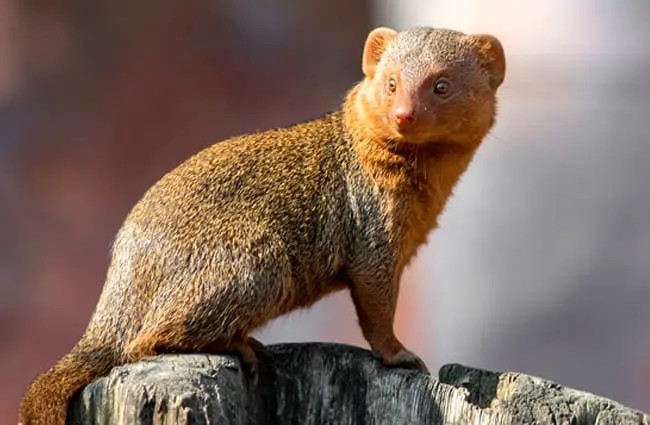
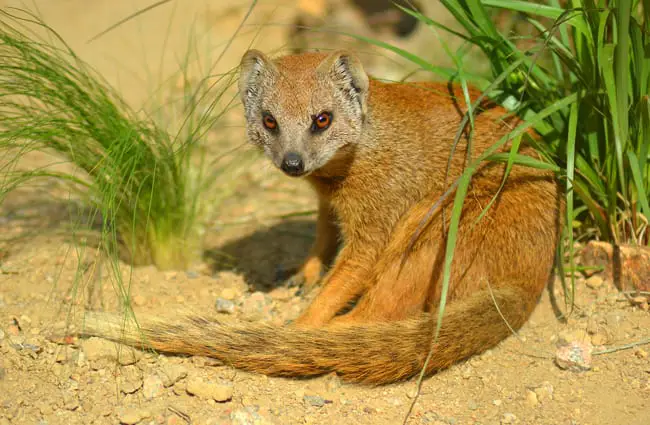



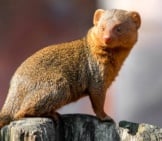
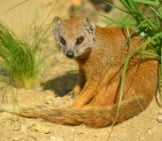

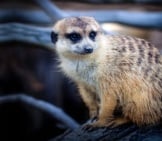
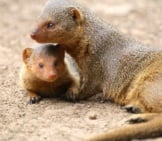
![Red Angus Closeup of a beautiful Red Angus cowPhoto by: U.S. Department of Agriculture [pubic domain]https://creativecommons.org/licenses/by/2.0/](https://animals.net/wp-content/uploads/2020/03/Red-Angus-4-238x178.jpg)












![Red Angus Closeup of a beautiful Red Angus cowPhoto by: U.S. Department of Agriculture [pubic domain]https://creativecommons.org/licenses/by/2.0/](https://animals.net/wp-content/uploads/2020/03/Red-Angus-4-100x75.jpg)

